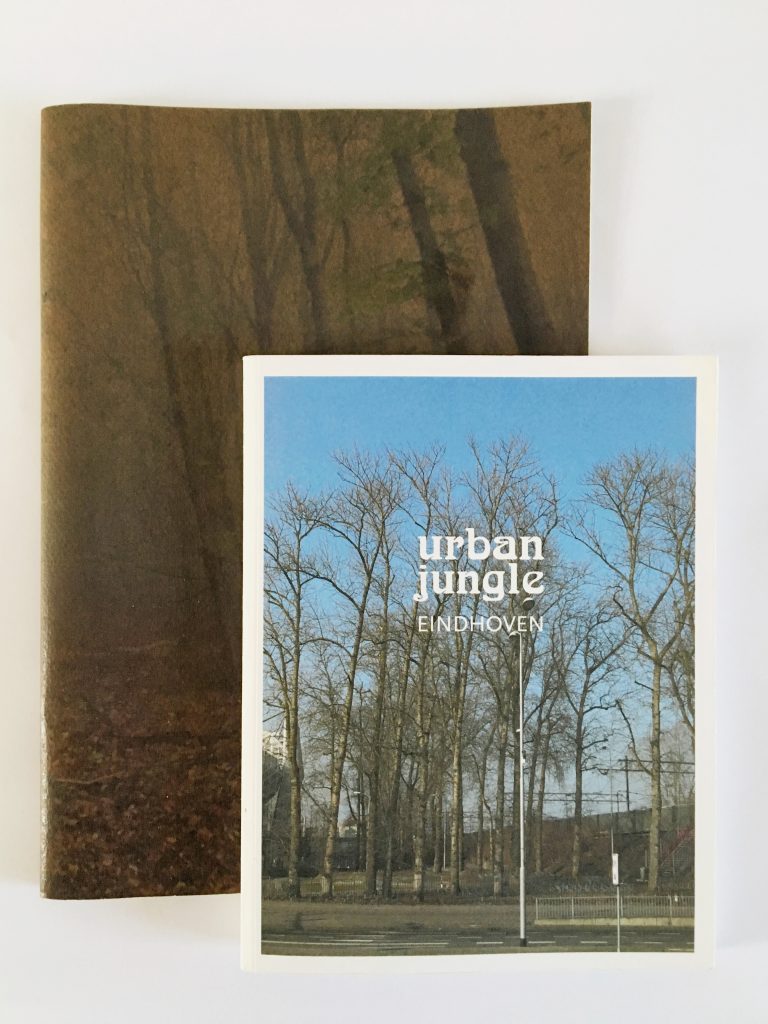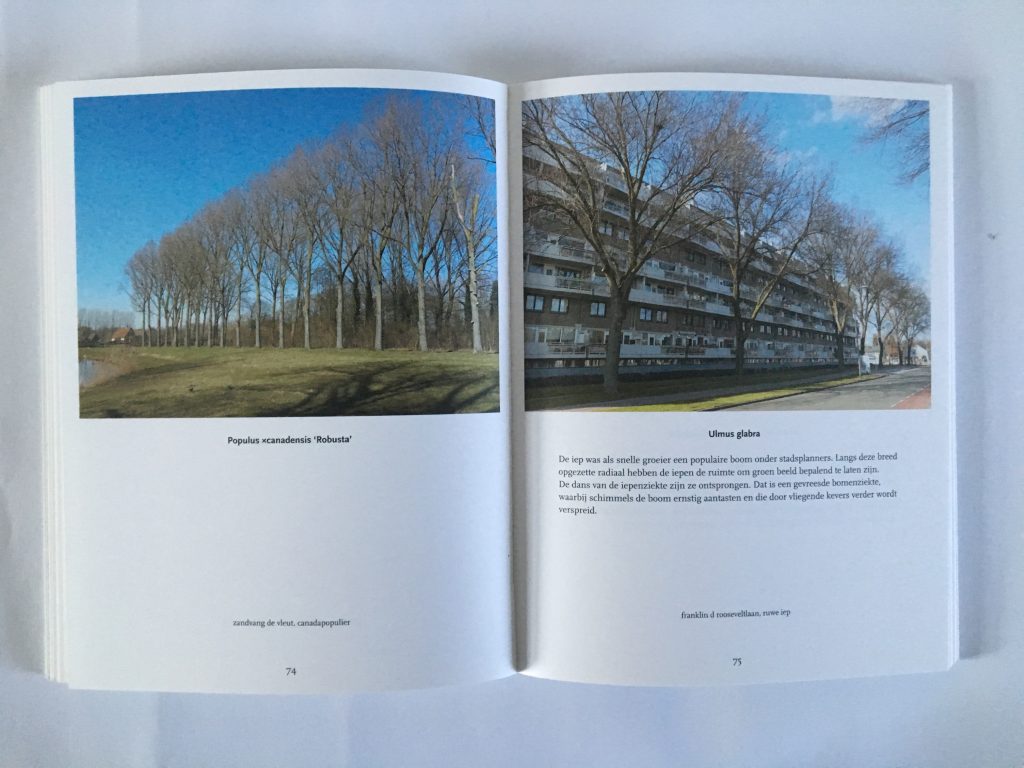Trees might seem an odd topic for the average reviewer of graffiti publications to discuss but here I find myself with not one but two graff related books about trees! The first is a large format zine called The_ Forest _Man which collects together tags scratched into tree trunks. The second is the Urban Jungle: Eindhoven which, as the title alludes to, is a graffers-eye-view on the flora of a Dutch city.

Occasionally I see a chrome tag hit-up on a tree which always seems a bit out-of-place, and besides what are those chemicals doing on that plant? Tree trunk tags, or arborglyphs as they’re technically known, however, while much more permanent, seem way more natural than spray paint. Obviously paint flakes off while the scratched version leaves a permanent mark on the bark. But that sort of damage is the kind that the tree is adapted to handle as it slowly grows over and incorporates the scar into its trunk. Unfortunately these type of tags are unusual in most cities but to the wandering graff-nerd they’re a welcome treat to find during out-of-the-way country ambles.

The_ Forest _Man is a collection of arborglyphs and ephemera from woodland in the north of Hungary. There’s the obvious heart motif encircling the names of two lovers (the arboreal descendant of a padlock on a Parisian bridge) alongside more intriguing symbols, a weird cottage, and the Chi-Rho. The more brutal looking incisions are just a couple of years old but others have aged over time stretching back into the last five decades-or-so and even one apparently from 1811! A rough guide to aspiring aborglyphers would be; not too far from the path, always where there are others, and include a single name alongside the year.
“what is nature in this country, a piece of forest the size of a newspaper”
Moving away from the idyllic setting of Hungarian forests overlooking factories spewing smoke and on to Eindhoven in Holland. Apart from being a tongue-in-cheek reference to urban blight and graffiti Urban Jungle is the result of a graffiti writer who has turned their specialist eye to other elements of the cityscape. While the average passer-by may see nothing Wladimir Manshanden has perfected the art of noticing the detail in urban space. This book is a collection of neatly shot images of Eindhoven’s various tree species. Of course this element of urban ‘wildlife’ is completely unnatural. The tidily regimented rows of single species down a street are an artificial design of modern cities. Even some of the species themselves are hybrids especially bred to have bark that can withstand smog for instance.

Then again, in her brief intro, Pauline Terreehorst quotes the poet JC Bloem, who observed “what is nature in this country, a piece of forest the size of a newspaper”. Her suggestion being that as modern Eindhoven has spread out, enveloping villages into its suburbs, some of these trees aren’t the well managed urban furniture I mention above but are actually more genuine remnants of Dutch nature, growing in a wilder concrete landscape, than the sterile newspapers of placid forest parks.